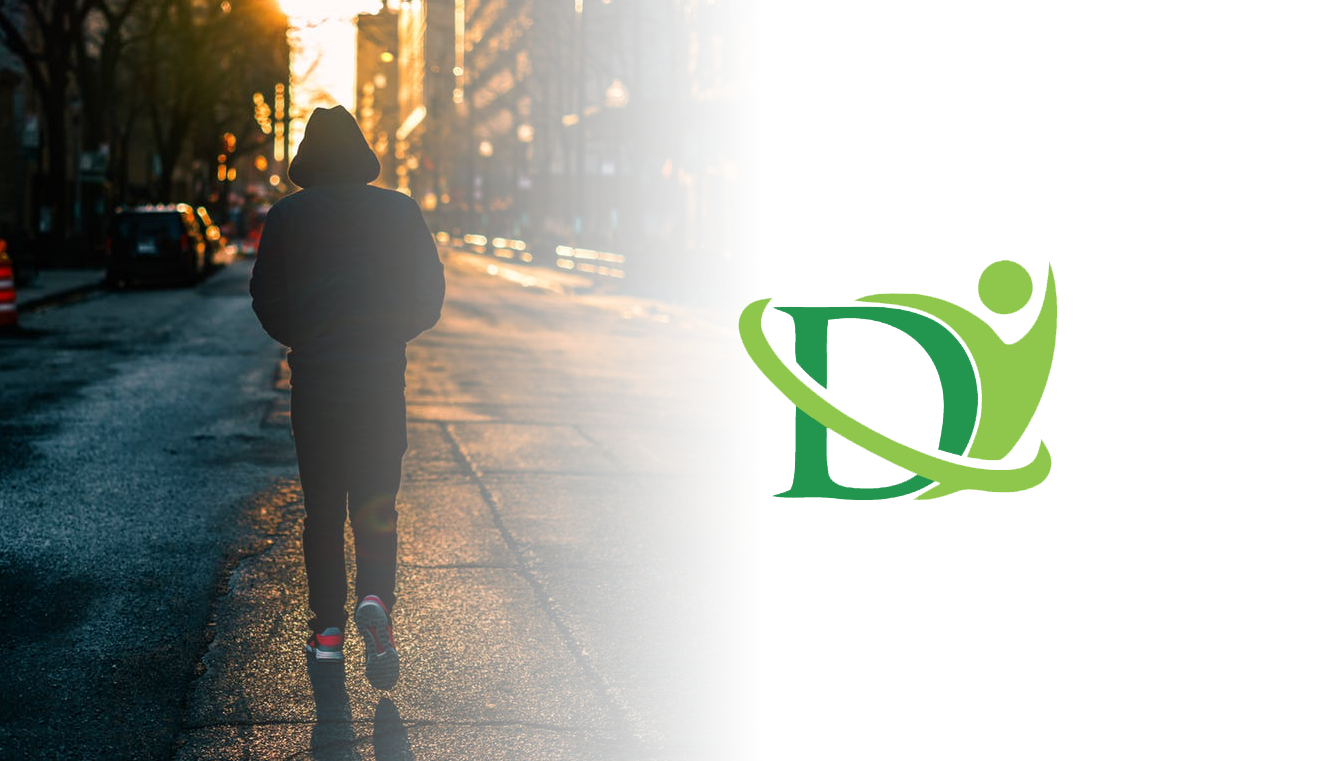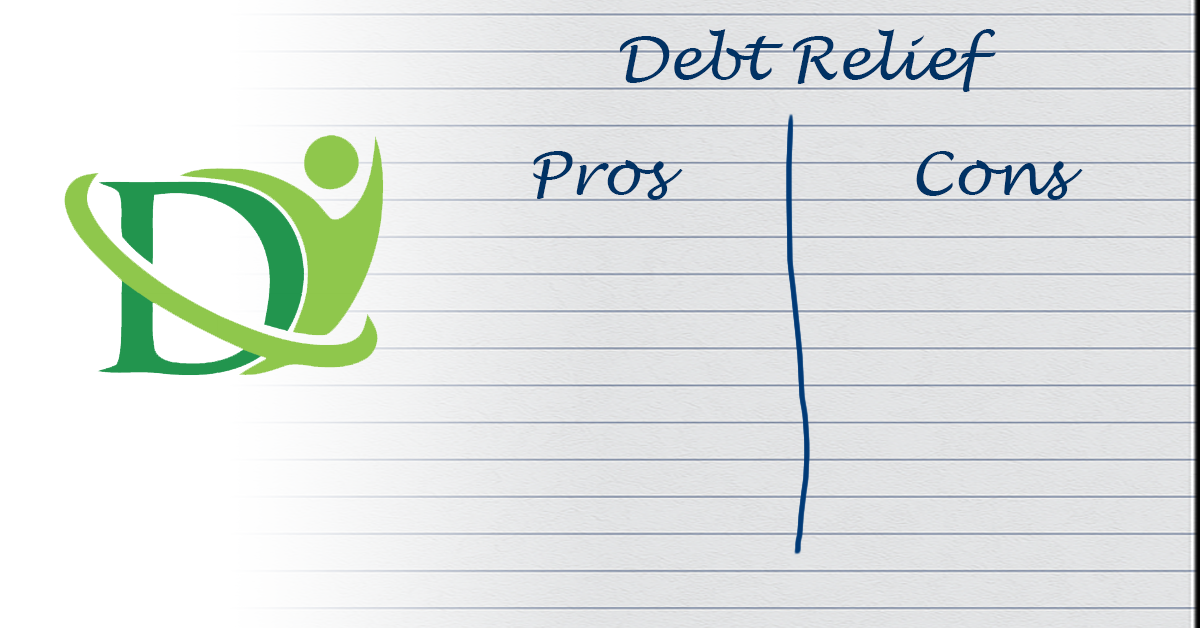
2 Simple Steps on How to Get Out of Credit Card Debt
March 5, 2020
A Foolproof Guide to Paying Off Your Debts – What to Know
March 31, 2020According to a report by Global News, 14.9 percent of the average Canadian household’s income is going towards debt payments. What’s even more alarming is the fact that 7.3 percent of Canadian’s income is going towards interest charges alone based on estimates. What do these facts and figures imply? It means that debt is inevitable, which is deemed to be a part of every Canadian’s financial flow.
That is where debt relief comes into the picture. Debt relief in Canada is designed for those with large debts that are not secured by property and other collateral. It is meant to help individuals in getting rid of debts through varied types of options, such as debt consolidation, credit counselling, debt settlement, and bankruptcy.
In this article, we’ll cover the advantages and disadvantages of debt relief. Keep on reading to learn more.
The benefits of debt relief
Apart from being debt-free, there is a handful of benefits of debt relief that any debtors can take advantage of. Below are some of these:
- Lower interest rate: Through debt consolidation and debt management, a debtor can potentially reduce the interest rate. These debt relief options can help one save money on interest charges and pay the debt sooner.
- No full payment: Through bankruptcy, a debtor can potentially get out of debt without having to pay for the full amount of debt. As per Chapter 7 bankruptcy, a debtor can start rebuilding one’s credit with a clean slate. We recommend avoiding declaring bankruptcy as a debt relief solution until you’ve contacted DebtHelper.ca to explore all of your options.
It’s worth knowing that the debt relief options can provide individuals with some assistance from debts that are spiraling out of control. Ultimately, debt relief is meant to keep one totally debt-free.
The risks associated with debt relief
Despite the benefits of debt relief, there are risks associated with it that individuals should be aware of. Below are some potentially major drawbacks of debt relief options:
- Additional fees: A perfect example is debt consolidation, where consolidation loans would typically charge origination fees. Also, credit cards charge balance transfer fees that will defeat the purpose of debt consolidation and saving up.
- Higher payment: As for a debt settlement, there’s no guarantee that the lender will give an individual a lower payment. Even if it does, the payment arrangement can severely impact one’s credit.
- Counselling fees: Credit counselling agencies and debt settlement companies typically charge fees for their services. If the numbers are crunched, one would realize that more money has been shelled out.
- Taxable income: For debt settlement, the difference between the total debt and amount settled may be considered taxable income. Not paying may also have some legal implications, no matter the debt settlement.
- Scam: Another concern is how scammers thrive by offering debt relief options to many individuals, only to find out that one has been scammed all along.
Conclusion
As discussed above, debt relief has some pros and cons to it. For this reason, one should be wary of choosing a particular debt relief option—be it debt consolidation, debt settlement, or bankruptcy. Selecting the right option entails critical thinking and deliberate decision-making. After all, debt relief is supposed to help one financially—and not harm one in the long run.
If you are still struggling in your financial situation and need debt relief in Canada, get in touch with us today. We would like to help you!

